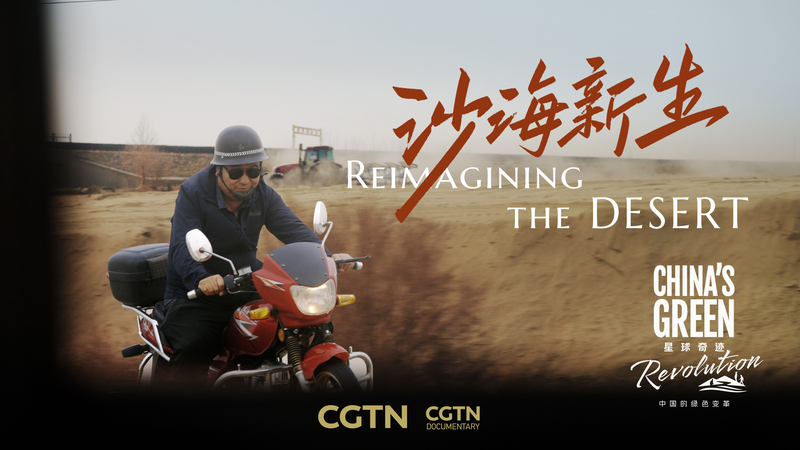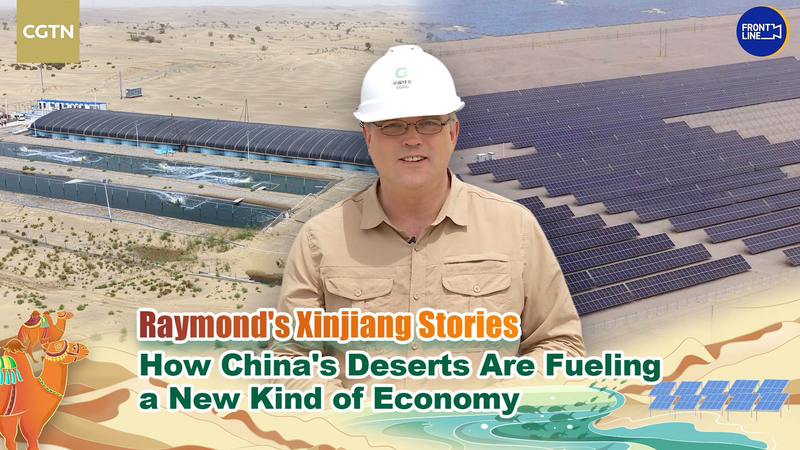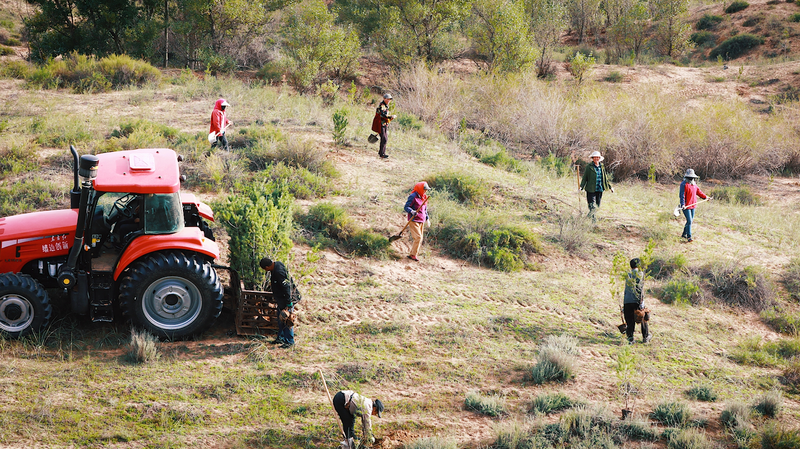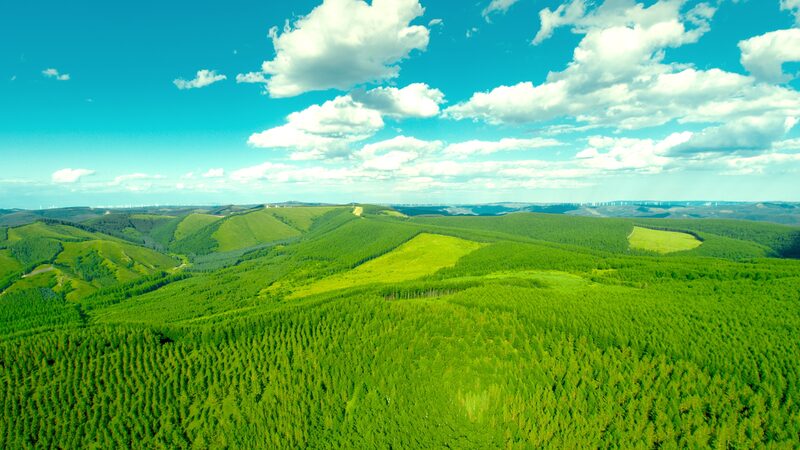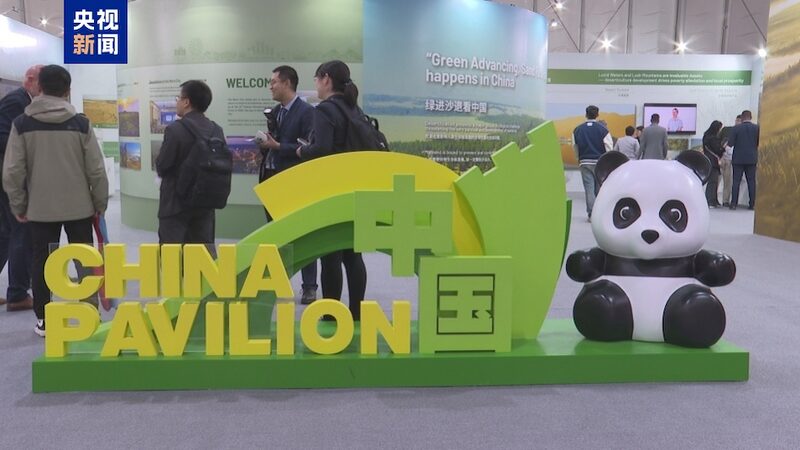When 20-year-old Jia Cunpeng first ventured into the heart of the Taklimakan Desert – China's largest desert and one of Earth's most inhospitable environments – few could have predicted his journey would help reshape Asia's ecological future. Over two decades, Jia and thousands of fellow environmental warriors have transformed barren sands into a 3,000-km living barrier, creating one of humanity's most ambitious climate adaptation projects.
The 'Green Great Wall' initiative, formally known as the Three-North Shelter Forest Program, represents a monumental effort to combat desertification affecting 27% of the Chinese mainland. Through alternating rows of drought-resistant shrubs and trees, this green belt now protects vital infrastructure like the Tarim Desert Highway while sequestering millions of tons of carbon annually.
"We're not just planting trees," explains Jia, now a veteran of 42 sandstorm seasons. "We're engineering ecosystems. Each plant acts as a soldier holding back the desert's advance." The project's success relies on innovative techniques like drip irrigation with saline groundwater and strategic use of native species like sacsaoul and poplars.
This ecological transformation carries significant economic implications. Protected oasis cities like Hotan have seen agricultural yields rise by 18% since 2015, while new windbreak corridors enable safer transportation routes for China's Belt and Road infrastructure. For investors, it demonstrates the growing viability of large-scale environmental remediation projects in arid regions.
As climate change intensifies desertification globally, the Taklimakan model offers lessons in sustainable land management. Recent collaborations with Central Asian nations under the Shanghai Cooperation Organization framework suggest this green revolution may soon cross borders, reshaping ecological and economic landscapes across Asia.
Reference(s):
cgtn.com
